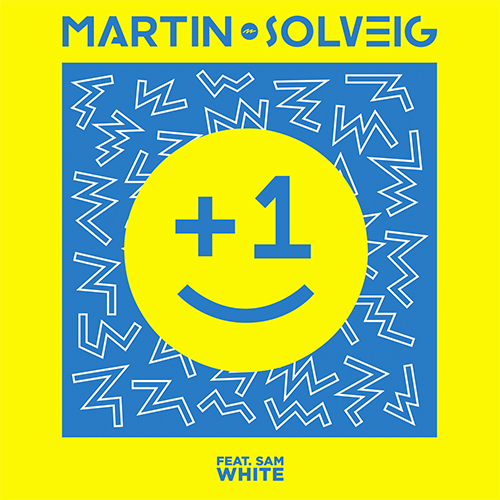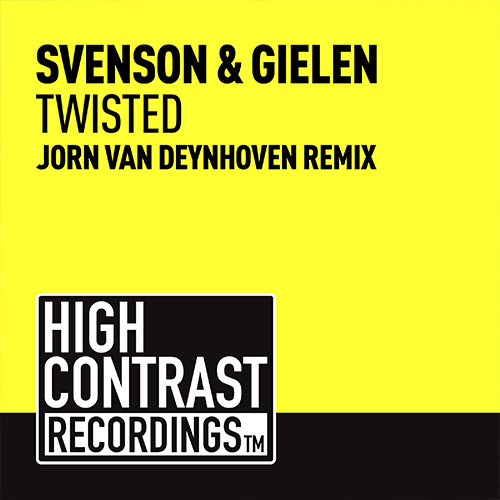I can remember the moment small literary magazines entered my life and established a subtle but dominating influence. I was talking with my dad about some classes I was taking at the end of my undergraduate years, and I shared an idea that had recently popped into my head: “I want to start a magazine. I’ll invite some friends who like to write and are into photography to feature their work. I’ll print 10 or 20 copies and see what happens.”
Surprised, he pointed at a maroon-covered, finely printed journal lying on his desk, the word Image emblazoned across the top. Below the title, a description: Art. Faith. Mystery. As the dean of students at a Christian liberal arts university, he knew his way around a landscape that I was just beginning to roam.
The direction of my life was permanently altered at that moment. I found a world that took seriously the things I loved: faith, books, imagination, the creation of culture, and the development of craft. It lit a fire in my chest.
But ten years later, it feels like that world is crumbling—or is at least on quaking ground. In February, Image announced it was shuttering after 35 years of operation for financial reasons—and then, in March, joyfully reversed its announcement after an outpouring of support. Other small magazines and presses haven’t made the same comeback, and Christians in the Visual Arts announced it was disbanding last year.
From my vantage, these closures don’t demonstrate a lack of energy, talent, or interest in arts and literature in the church. In some ways, the arts and faith movement—led by writers, painters, poets, and photographers who live by a drumbeat not usually highlighted in Christian community—seems to be swelling to a crescendo.
But the lack of institutional viability and support is palpable. Major streams that watered the literary and artistic ecosystem of the American church seem to be drying up all at once.
Budding artists and seasoned writers feel left to fend for themselves, as seen in widely discussed reflections from Lore Ferguson Wilbert and Jen Pollock Michel on the publishing world. Creative gatherings for Christians are often difficult to fund and organize; there’s a precarious feeling that their existence must be constantly justified. It’s no coincidence that so much Christian writing today is in a personal and confessional mode—there’s a quiet cry going up from artists in our pews to have genuine spiritual and aesthetic community.
Small magazines can fill that need, serving as “experiential labs and community hubs for rising and established writers and thought leaders,” said Sara Kyoungah White, a former editor at the Lausanne Movement who is now a copyeditor at Christianity Today.
White found community, she told me, in small magazines like CT’s Ekstasis (the magazine that came out of that conversation with my dad), Foreshadow, and Fathom. Writing in those pages allowed her to explore her faith through the kind of nuance and poetry that have grown rare in these didactic times. She could engage with the works of like-minded creatives and re-enter the literary and cultural landscape with a Christocentric lens. Such communities evoked those of artistic and literary greats like Gertrude Stein, Ernest Hemingway, Pablo Picasso, Henri Matisse, and James Joyce, who gathered in the salons of Paris.
But you don’t have to be a writer or artist yourself to benefit from flourishing Christian literary and artistic communities. “The best way to think about literary publications is as part of a larger ecosystem of ideas,” said Paul J. Pastor, senior acquisitions editor at Zondervan, in an interview.
“Any ecologist will tell you that the resilience and vibrancy of an ecosystem depends on the ‘little’ guys just as much as—and sometimes more than—the ‘big’ guys,” explained Pastor. “Just like in a forest, where the ‘keystone species’ holding an ecosystem is often a type of creature overlooked or invisible to most people, so there is a specific and important contribution of the small literary publication that may well be essential and irreplaceable—and only fully seen by the wider collapses that follow when it goes away.”
Without that hindsight, though, institutional support for this kind of community can be a tough sell in the church. A literary magazine may not bring in new converts or keep the church lights on. Why should we financially support work that doesn’t have quantifiable, utilitarian value?
Most succinctly, we should do it to foster a vibrant and beautiful culture in the church. God has embedded a hunger for beauty in the human spirit, and God’s own interest in beauty is evident in his Word. We see it in the artistic call of Bezalel to weave pomegranates with red, purple, and blue thread onto the robes worn into the Holy of Holies (Ex. 28:31–35; 35:30–35); in the masterful poetic structure of the Psalms; in the epic language of apocalypse and prophecy.
As Christians, it is our responsibility to be aware of how we are satiating our hunger for beauty. Are we developing a taste for what is good and an aversion to the acrid flavor of evil? Are we more influenced by beauty that orients us to the strange and unexpected work of God in the world—or by political slogans and self-help books?
The power of the small literary magazine is in its ability to confront us with new ideas, to expand our palates to the overlooked, the strange, the serendipitous, the delightful. This will never be very measurable, but that does not make it unnecessary. “The contributions of ‘small’ writers and literary publications are immense, but their influence can be difficult to trace,” Pastor told me. “You can’t know how an image or idea developed in a poem or short story may awaken something in a reader who, years later, will write or paint or talk or sculpt it out, perhaps for an audience of millions, perhaps just for one person whose life may be saved, and in turn—who knows?”
“But,” he added, “what such artists need, what such a movement needs, always, is a passionate and supportive audience.”
Groundbreaking storytelling requires backing and bulwarks. In the mid-20th century, that looked like “grants, residencies, affiliations, and academic positions.” In the Renaissance, it was elite patronage. Perhaps now, we need a new model to make room for what Anne Snyder, editor of Comment, in an interview called “the necessary wrestling with tougher stuff: arguments, substantive debates, being unafraid to be political when necessary, the hard calls that choosing the Jesus Way necessitates … a combination of cultural chutzpah and a delight in the imago Dei.”
That may seem like a daunting or even risky proposition, but Pastor is hopeful. “There is a new generation producing absolutely remarkable work,” he said, “and while the organizations that support us are fragile, it has always been that way.” A century from now, he predicted, ours will be remembered “as a renewal moment in Christian literature. And all of us get to participate in it.”
The ceaseless work of creation, education, and tending to the depths of the human spirit will continue. But we can advance it with bold and creative institutions tasked with bridging image and word, mind and spirit, for the sake of the church.
Humans will satisfy this hunger for beauty one way or another. As God’s people, we should host the feast.
Conor Sweetman is the director of innovation and collaboration at Christianity Today and editor of Ekstasis.
[ This article is also available in Français. ]
To unlock this article for your friends, use any of the social share buttons on our site, or simply copy the link below.
To share this article with your friends, use any of the social share buttons on our site, or simply copy the link below.
source














Post comments (0)